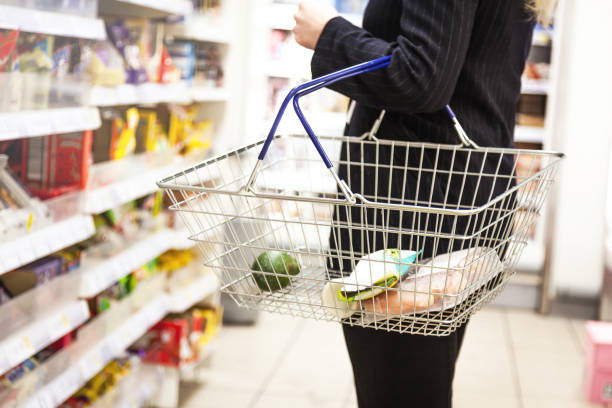Like many people, weekly grocery shopping is not a well sought-after event, and once in the grocery store, you are led like a rat through the maze. This is not as bad as it sounds. Your mind is not dominated by impure forces, but by subtle manipulation, and you can save money if you realize this.
Supermarket Structure
The next time you enter a grocery store, put on your “psychologist” hat and leave it open. That way you’ll get the full picture and won’t be tempted to buy something you don’t really need.
Grocery store next door – As soon as you enter the store, you are immediately confronted with a neat and colorful department of the store. This is very appealing to the brain and draws you into the shopping experience. In fact, the flower department is right next to the grocery store and is even more colorful. This is no accident, as the stores want you to walk by and linger.
Enter the store next to the bakery and deli – here the smell of pastries and roasted chicken will stimulate your salivary glands. Here, when you’re hungry, your hands are always grabbing for something, and a mental repulsion sets in at least.
In some stores, the food and bakery/diet departments are grouped together, which draws the customer even more into the store. This is no accident either.
Store environment:
The store is designed like a maze. Make it easy on yourself and take a closer look at the displays on the edges, which are often special. Manufacturers pay well for this space – “10 for $10!” Pay attention to signs such as. If you’re not careful, you’re spending $10 instead of $1. Are you really saving money by buying 10 items?
Gas stations, coffee shops, ATMs, and pharmacies are usually nearby and are a good starting point for navigating the maze. And they are very convenient, so don’t hesitate to come back.
The back of the store is usually the meat and dairy area. This is a strategically important part of the maze. On any given trip, most people will need something from this area, and you will have to go further into the store to get it. No matter which hallway you go down, you will always find what you need.
Frozen foods – are usually found in the middle area of the store. These are the most profitable products in the store, and since they are placed in the center, they are never out of sight.
Shelf psychology
The top shelves are occupied by lesser-known brands and regional specialties.
- Eye-level shelves are premium locations where manufacturers pay for space. The best-selling and leading brands are lined up here and many people will look no further.
- Eye-level kids’ shelves are shelves with products that appeal to children, such as sugary cereals. This is not a good tactic, as it can result in the store being closed to children.
- Lower Level – The lower level includes private label and bulk products. Brand name brands are often less expensive, so it’s worth taking a look at this department. Maybe take a kneecap with you when you shop?
Save money
Do some research for your weekly shopping. Before you go shopping, check to see what’s on special and how much you should buy. Make a specific list and stick to a budget. Don’t be led through a maze, but have fun outwitting the marketing geniuses and going to the stores.
About Author:
Sara has completed her education in marketing and started her career as a digital marketer. She is a content writer by profession. She writes about the best grocery delivery near me in Canada.
Read More: Artical Store
